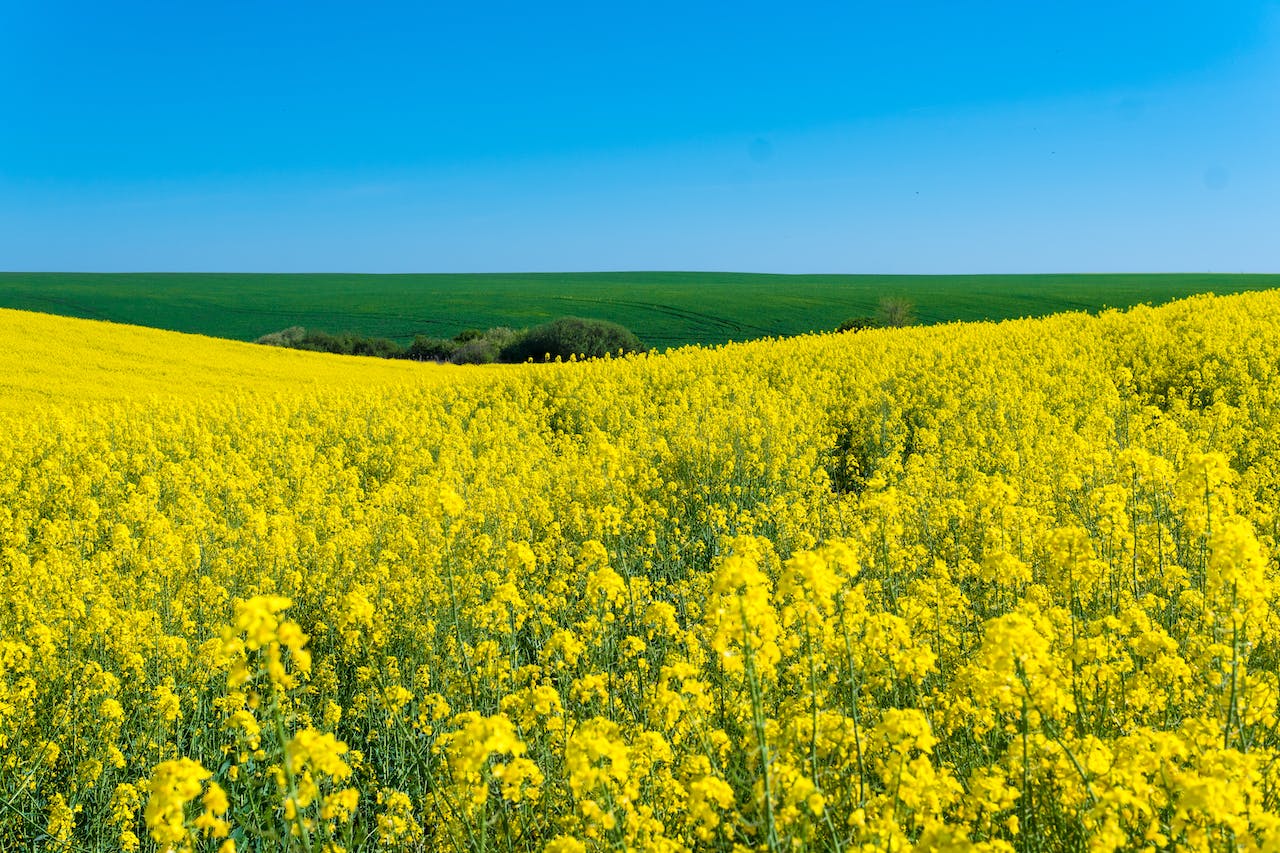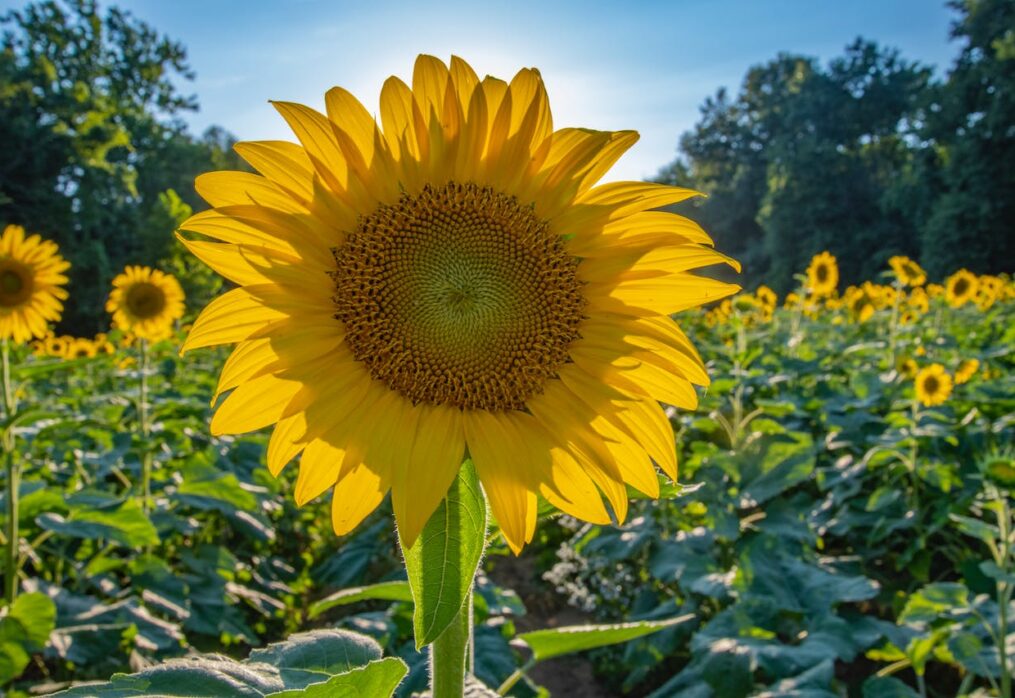Analysis: cereal and oilseed production is rising every year
Cereal and oilseed production are slightly affected by climate problems
The Chinese Ministry of Science and Technology has comprehensively analysed the ecological environment and agricultural development. According to the document, the global production of cereals and oilseeds is increasing every year.
The study covered several areas:
— the impact of climate change on carbon sequestration by the Earth’s land cover;
— changing dynamics of crop production (cereals and oilseeds);
— an overview of global food security;
— changes in snow and ice cover in Antarctica, the Arctic and the Qinghai-Xizang Plateau.
The analysis showed that climate change has a moderate impact on crop production from 2023 onwards. According to the results, global cereal and oilseed production was around 2.9 billion tonnes in the period under review. Compared to the 2022 results, production increased by 0.5% to just over 14 million tonnes.
However, the paper notes a reduction in cereal production in 2022 in several countries. As a result, many producers have had to tighten export regulations, which has had an impact on grain prices. This has led to a reduction in the supply of products to the world market.

Challenges in crop production and how to overcome them
According to Wu Bingfang of the Aerospace Information Institute of China, drought is a key challenge for the sector. Since the 1980s, governments have been trying to improve the production of strategic crops. Various measures have been introduced to enhance productivity in regions where wheat, corn, soy and rice are grown. Among the most popular are:
— the use of regular irrigation systems;
— special tillage methods to reduce moisture evaporation;
— the use of mulch films;
— improving planting mechanisms;
— developing and using drought-resistant crop varieties.
Adverse weather conditions have a negative impact on the quantity and quality of harvests. The problem is particularly acute in countries such as Pakistan, China and India. These countries have done the most to reduce the damage caused by drought and high temperatures. In China, irrigation is the primary way to combat the lack of moisture. Modern irrigation systems cover more than 50% of the country’s farmland. In addition, specialists in the sector use mulch. It’s used to prevent water from evaporating quickly from the soil. This method is most popular in northwest China, where rainfall is traditionally low.
In recent years, the development of new varieties of cereals and oilseeds has been a significant focus in many countries. Using varieties more resistant to drought and disease can significantly increase production. Scientists are using both breeding methods and genetic modification.
